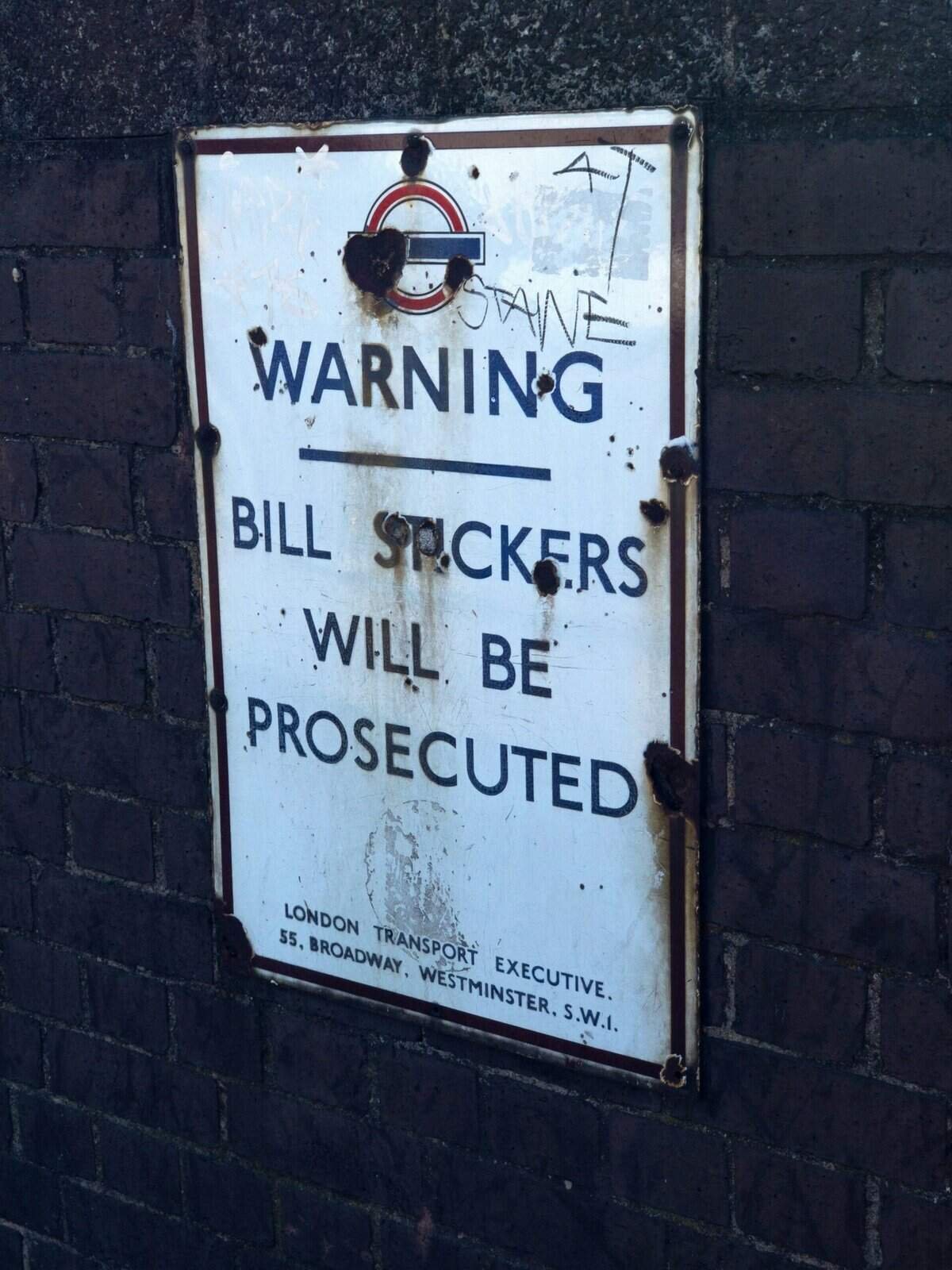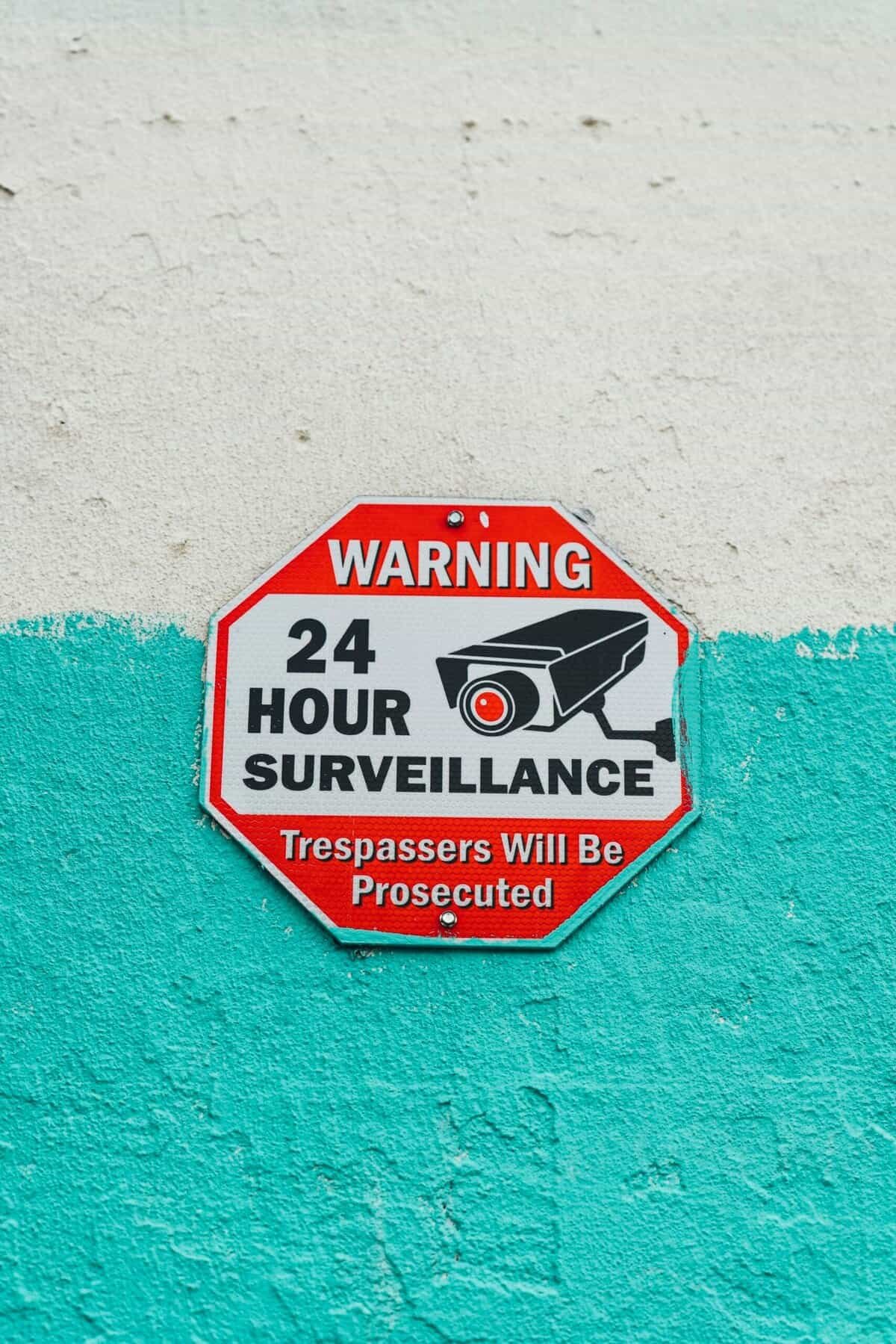Have you ever wondered what steps you should take to protect your well during a flood? If you own a well and live in an area prone to flooding, this is a crucial question. Floodwaters can bring a host of problems, contaminating your well water and causing potential damage to your water system. With the right preparation and knowledge, you can safeguard your well and ensure your water remains safe and secure. Let’s walk through the necessary steps to protect your well during such events.
Understanding the Importance of Well Protection During Floods
Understanding why it’s important to protect your well during floods can help you appreciate the need for preventative measures. Floodwaters can easily become contaminated with various pollutants such as chemicals, bacteria, and other pathogens. When these contaminated waters infiltrate your well, they can render your drinking water unsafe. Additionally, floods can physically damage well structures, resulting in costly repairs.
The Risks of Contaminated Well Water
Contaminated well water poses serious health risks to you and your family. Drinking or using polluted water can lead to illnesses like gastrointestinal problems, infections, and other severe health conditions. Therefore, preventing contamination should be your priority.
Potential Physical Damage to Well Structures
Beyond contamination, floodwaters can damage the components of your well system. This damage can disrupt your water supply and lead to expensive repairs. Understanding how to mitigate this risk is important for maintaining the integrity of your well.
Steps to Prevent Well Contamination During Floods
Taking proactive steps before a flood occurs can greatly reduce the chance of contamination. Knowing what to do as part of your flood-preparation plan is key to ensuring the safety of your water supply.
Elevate Well Components
Consider elevating critical components of your well system, such as the well cap and control box. By keeping these elements above potential flood levels, you reduce the risk of contaminants entering your well.
Ensure a Watertight Well Cap
A watertight well cap is essential in keeping contaminants out. Inspect your well cap regularly to ensure it’s secure and in good condition. If necessary, have a certified professional replace or repair it to maintain its watertight seal.

Measures to Protect Well Structure from Physical Damage
While contamination is a significant concern, protecting the physical integrity of your well system should not be overlooked. Implementing these measures can save you the hassle of dealing with repair costs post-flood.
Secure the Area Around Your Well
Strengthen the area around your well by installing barriers or retaining walls. These structures can help divert floodwaters away from your well, reducing the likelihood of damage.
Regular Maintenance Checks
Conduct regular maintenance checks to ensure all components of your well are functioning properly. Identifying and addressing any vulnerabilities in your system can prevent catastrophic failures during a flood.
What to Do Immediately After a Flood
Once a flood has passed, it’s crucial to take specific steps to ensure your well water is safe for use. Don’t assume your water is safe; proactive testing and repairs may be necessary.
Test Your Water for Contaminants
Testing your water is the first step in assessing its safety. Using certified laboratories or testing kits, check for bacteria, chemicals, and other potential contaminants.
Disinfect Your Well
If testing reveals contamination, proper disinfection is crucial. Depending on the level of contamination, you might need professional assistance to disinfect the well thoroughly and safely.

Long-Term Strategies for Well Protection
Implementing long-term strategies can enhance your readiness for future floods. These measures focus on sustainability and resilience, preparing you for unexpected weather events.
Develop a Comprehensive Well Protection Plan
Create a tailored well protection plan that includes regular inspections, maintenance checks, and upgrades. This plan should be part of your overall emergency preparedness efforts.
Invest in Flood Insurance
Consider investing in flood insurance that covers well repairs and water testing. This investment can provide financial ease when addressing any post-flood well issues.
Government and Local Resources for Well Protection
Leveraging available resources can enhance your efforts in well protection. Learn about government and community programs designed to help well owners.
Utilize Governmental Guidance
Federal and state agencies often provide resources and guidelines for well protection during floods. These resources can be invaluable in planning and executing your flood preparation strategies.
Engage with Local Well Owner Networks
Connect with local well owner networks to share experiences and gather insights on effective flood protection methods. Local insights can provide practical solutions tailored to your area’s specific challenges.

Recap and Final Thoughts on Well Protection During Floods
Being prepared and informed is key to protecting your well during floods. Understanding the risks and implementing preventative measures can safeguard your water supply and prevent physical damage. Take the time to prepare, invest in necessary upgrades, and leverage community and government resources. By doing so, you ensure the ongoing safety and functionality of your well, providing peace of mind even in adverse weather conditions.
